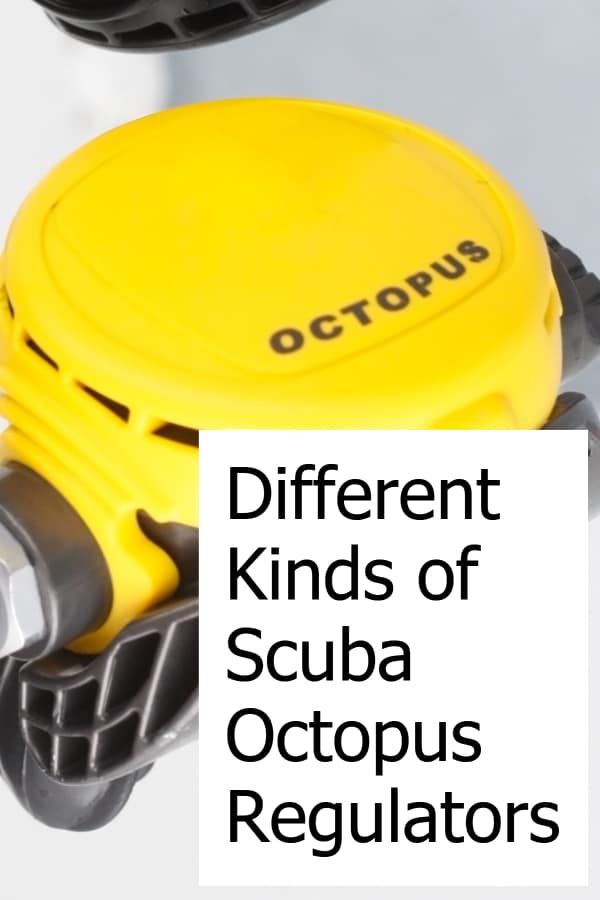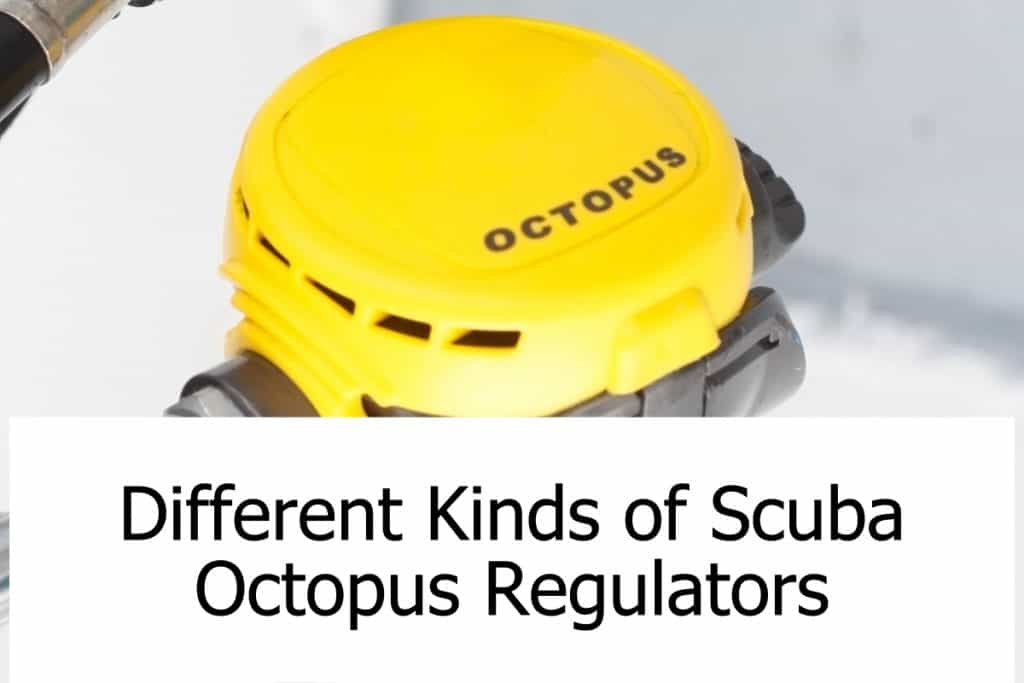What Kinds of Scuba Octopus Regulators are There?
When you’re learning about scuba diving and getting into it, you might be confused by how many options you have. You might even be a little confused about what you really need. One item you definitely need is a spare regulator to use in emergencies underwater. But, what type of scuba octopus regulators should you consider and how are they set up?
One of the most important parts of your gear is your octopus regulator. If you’re not sure what that is or what you should be looking for, then continue reading. We’ll help you figure out exactly what you need to know about octopus regulators.
What is a Scuba Octo?
You’ve probably heard about octopus regulators before, but you’ve probably heard it by another name: secondary regulator. Some people call them octopus regulators because of how long the hoses are that connect them to the first stage regulator on the air tanks.
The length of these hoses is useful for a variety of situations where someone else might need the regulator other than you. A secondary regulator will work off of the same first-stage regulator as another regulator.
The hose of the octo connects to a low-pressure port of the first stage that’s connected to your tank. That’s exactly the same setup as your second stage which also connects through a low-pressure hose to one of the low-pressure ports on your first stage.
Similar to your second stage reg, the octo also reduces that low-pressure breathing gas to ambient pressure that is then delivered to the diver. The octo also has other components that you have on a standard second stage like a purge button, knob to regulate air pressure and avoid free flow, etc. In short, it’s a second stage reg with a bright color to easily find it underwater in an emergency.
Make sure you won’t accidentally connect to a high-pressure port! The high-pressure ports on your first stage is used for the pressure gauge to measure the pressure in your tank.
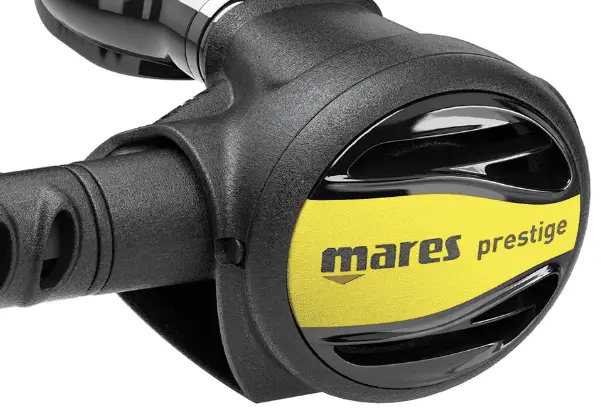
Why Do I Need a Scuba Octo?
While having a second or third regulator may seem really redundant for some people that haven’t done diving, they’re there to make sure that you’re able to get back up to the surface.
You should never go scuba diving by yourself. This is because you might run into issues with your tanks of air.
Another reason to have an Octo regulator is that your second stage reg might fail. You can then switch to the octo and breathe through it as it’s connected to your first stage.
Use your Buddy’s Octo Regulator
If your first stage stops to function or you simply run out of gas then you can use the octo of your dive buddy. You’ll be able to breathe air from his first stage through the octopus scuba regulator. Having a buddy down below with you can be a big help.
When one of you runs into issues, you can use the other tank as you start an emergency ascent back to the surface. Buddy breathing can be hard if you’re passing a single second stage regulator back and forth.
Having a secondary regulator or a tertiary regulator can help make sure that your buddy and you can both breathe from the same tank and first stage regulator.
Your buddy can continue to breathe from his or her second stage reg while you use his or her octo. Both are connected to your buddy’s first stage.
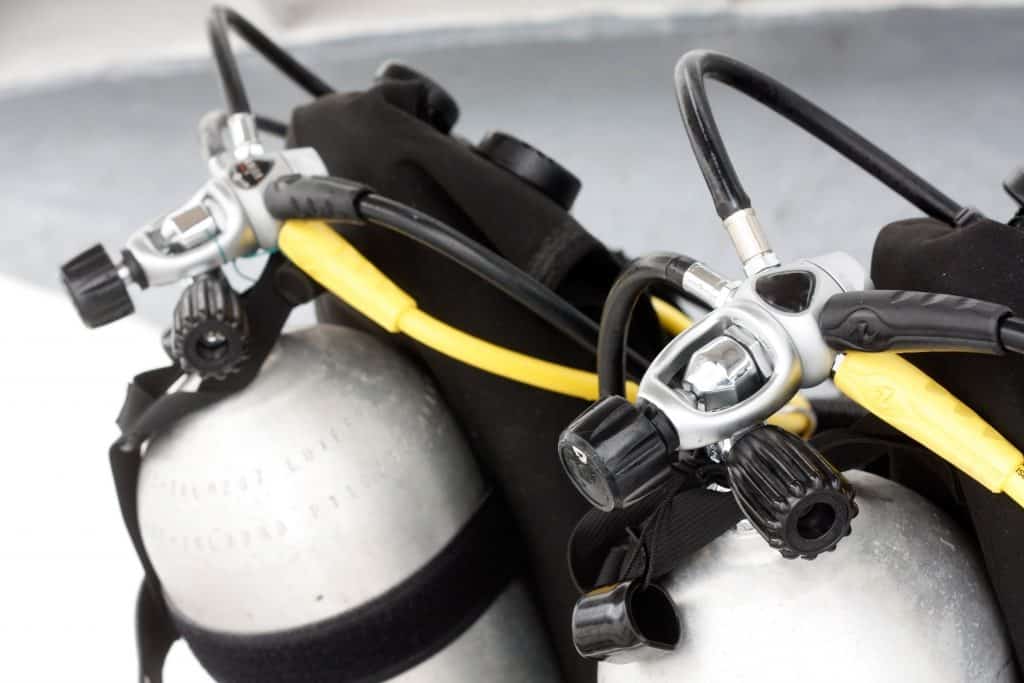
What are the differences between Piston vs Diaphragm Regulators?
Longer Hose to connect the Mouthpiece to
The longer length of the hose helps to ensure that someone further away from you can reach your first stage with the hose that connects to the octo as well.
So while you might not always need a secondary scuba regulator, they can really make you a little bit safer when you’re going under. Don’t forget that you should always be diving with a buddy regardless of how many extra regulators you have.
What Should I Consider When Purchasing a Scuba Octo?
For the most part, you will want to consider a lot of the same things that you would consider when you think of your primary regulator. You’ll have to consider the set up that you’re dealing with, how many ports your first stage has, and how they are oriented.
Make sure your Octo works with your Scuba Regulator Setup
When you’re considering things that are essential to your set up, you won’t want to cut corners. However, you’ve likely decided upon these when you’re looking into your primary regulator.
So just keep the setup in mind when you’re looking at the secondary regulator to make sure that you’re picking out complimentary gear to match what you already have.
No matter what octo regulator you select, it has to work flawlessly with your first stage regulator. Make sure that it does and then continue to check and test it so you won’t run into any harmful surprises in the case of an emergency!
Balanced, Unbalanced, or Overbalanced Regulator?
You will also need to know if you’re going to need a balanced, unbalanced, or overbalanced regulator. Balanced regulators work well in any kind of water and any kind of depth with any kind of high- or low-pressure tank.
Unbalanced or overbalanced scuba regulators will work differently in different ways. For the most part, people want balanced regulators, but try out anything and see if you like something more.
Keep in mind that these regulators will work differently in different places. If you dive a lot in cold water then pick an octo that is suited for cold water diving. You don’t want to end up in the situation that you’re diving in cold water and have to fight with a freezing octo!
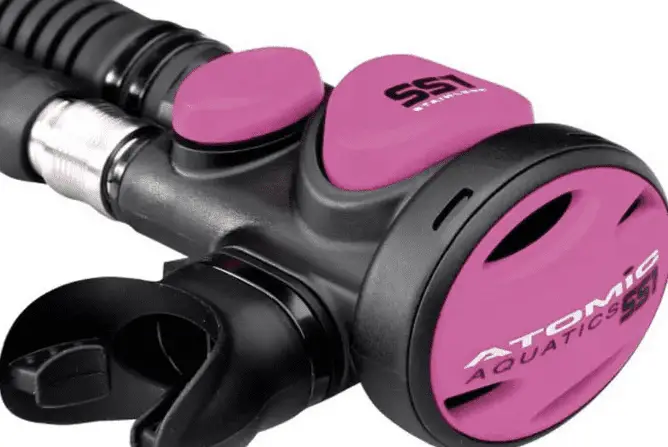
Thinking about gloves you need? Check out our post on what you need to know about scuba gloves!
Pick a Bright Color
One important thing that might not come up when you’re looking for a primary second stage regulator is the color of the scuba regulator. Well, you might think about it a little bit, but this second stage regulator is going to be close to you most of the time, so you’re going to not need to spot it.
Your secondary regulator, however, needs to be a little bit easier to spot. You can do this by picking out a hose that is a bright color or by using a brightly colored mouthpiece (second stage).
You just need something that will make the regulator pop so it’s easy for you or your buddy to grab while it’s connected to your first stage.
Should I Get the Most Expensive Scuba Octo?
At the end of all of this, you are likely to be wondering how much you will be spending on a regulator that will help save your life. While you might be wanting to get out there and buy something expensive, you should really take a step back.
While there are a lot of features that you want to think about with your scuba regulator, you don’t have to break your bank to get something that can save your life. Scuba regulators are made to provide you with air.
A cheap model will do this just like an expensive one. If your second stage diving regulator is uncomfortable, you don’t have to shell out a lot of money for a whole new diving regulator. You can instead replace the mouthpiece of the second stage and see if that improves what’s going on.
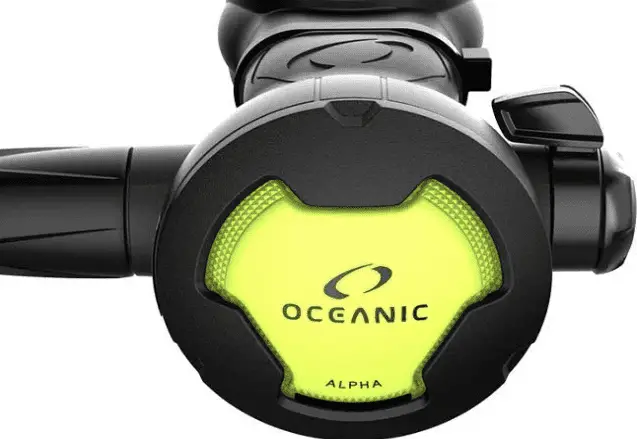
Looking for dive computers? Check out our dive computer buying guide!
If there are specific needs that other scuba regulators aren’t meeting, then you might need to shell out some extra money to get one that will give you exactly what you need. However, you can survive on a basic model of a regulator for both the first stage and second stage.
It doesn’t matter how much money you’re paying for it, but it does matter how much testing you do with the model. Some models work well in certain scenarios and some work fairly well across most.
Test any regulators that you are considering buying as much as possible before you agree on one. The testing can show you which ones work best for you, regardless of how much they cost.
Final Thoughts
Make sure you know how the Octo functions so you can quickly switch to use it in an emergency. The purge button and exhaust valve might be different than on your standard second stage so get accustomed to the octo you pick. It’ll make it easier to use it when you are in an emergency.
If you are diving with children then you may have to consider having an octo in a size that your child can handle. Kids’ scuba gear is often required to be adapted in size for their smaller bodies.
